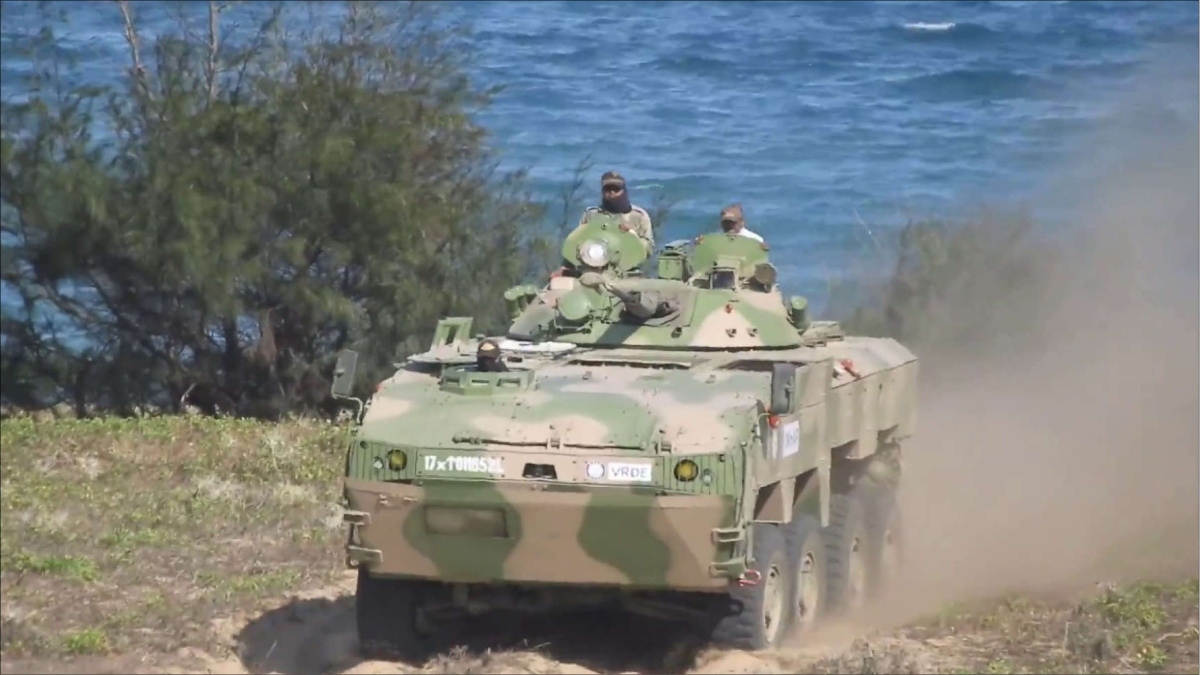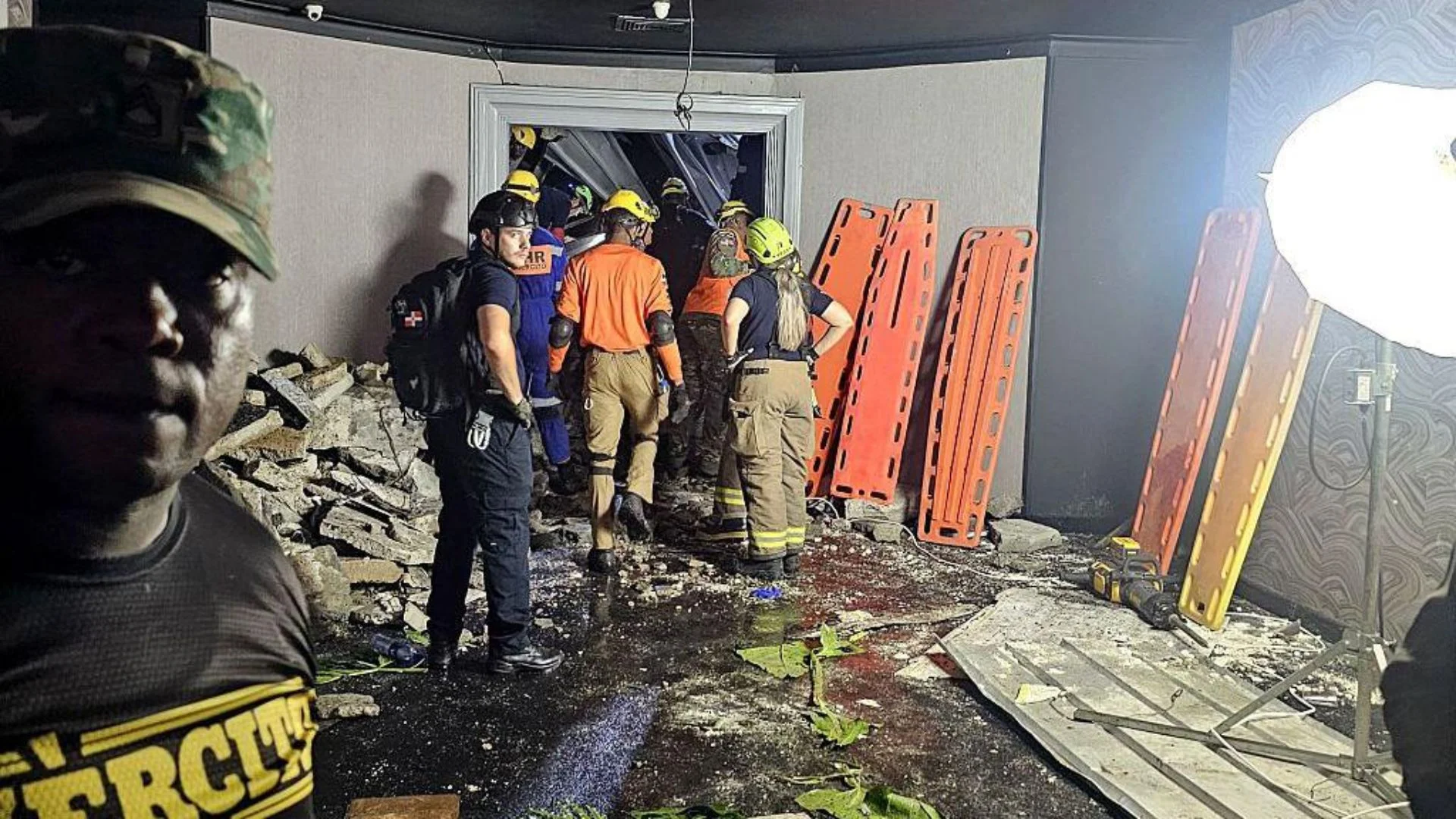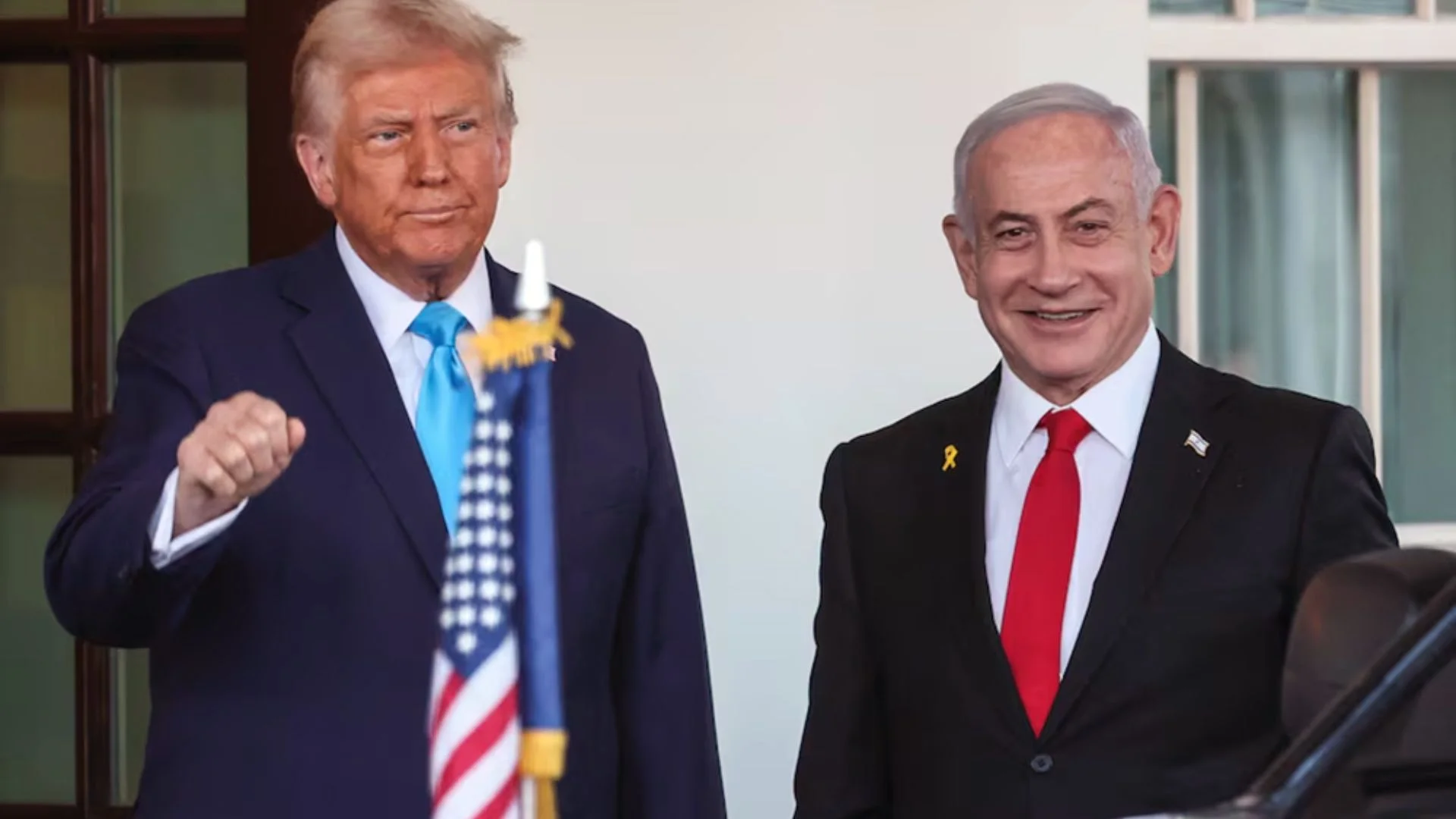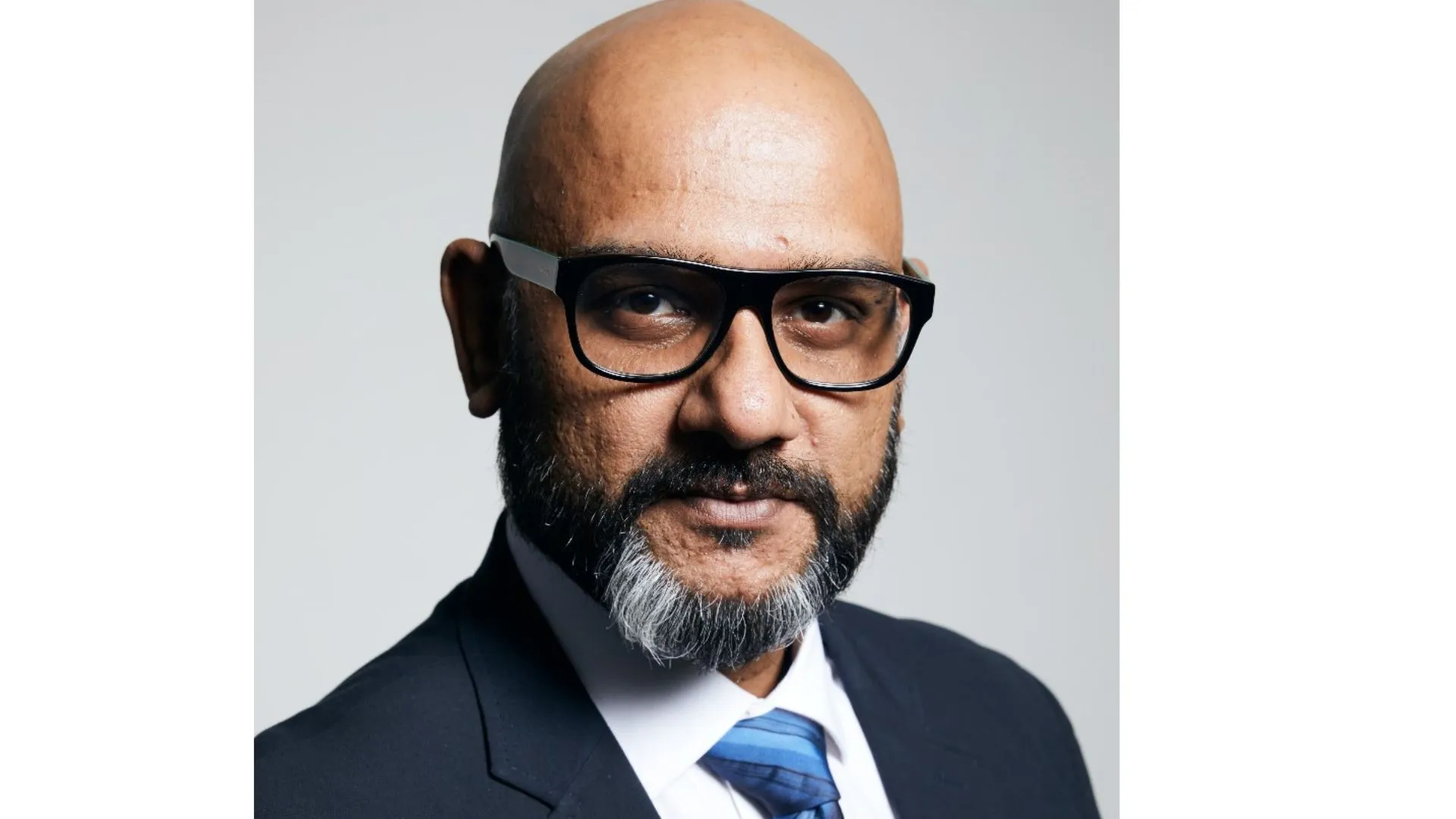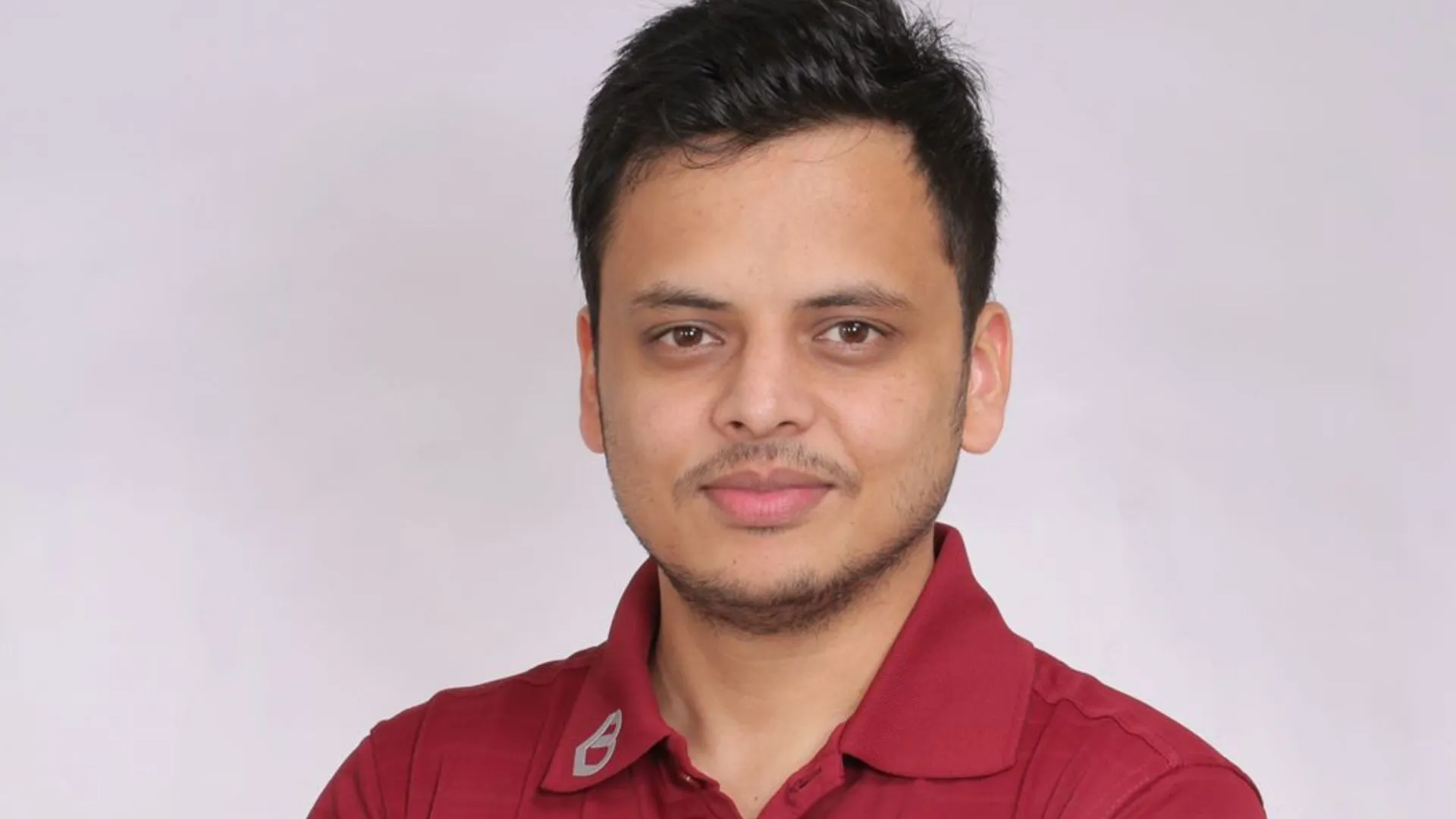THREAT OF DRONE/SWARM STRIKES
The drone/swarm strike on Saudi Arabian oil fields, the influence of Turkish drones in Libya and Syria against the Russians and the more recent Azerbaijan-Armenia conflict has brought home to the Indian Armed Forces the stark reality of such weapon systems. The danger of low-cost armed drones and swarm attacks will take its toll on mechanised forces and the combat support elements with it.
Turkey’s Bayraktar TB-2 drones, which helped Azerbaijan cause immense destruction of Armenian combat assets, have brought to the forefront the threat to the modern tank. The TB-2 carries four Smart Micro Munitions (laser-guided missiles) and it is a Medium Altitude Long Endurance (MALE) Unmanned Aerial Vehicle capable of ISR (Intelligence, Surveillance and Reconnaissance) and armed attack missions.
With the rapport between Turkey and Pakistan, India has concerns of its proliferation to its adversary. China is another source of supply; however, the Turkish drones are based on NATO technology which is more advanced as compared to the Chinese.
OTHER THREATS NOT BEEN COUNTERED FULLY
The drone has been a major threat for some time now—the realisation of which has come about in India after seeing its effects on the battlefield. However, there are other threats which exist and will possibly dictate the design of the AFVs.
Underbelly mines, attack from a handheld RL/ATGM launcher in close terrain, electronically EM generated pulse destroying the electronics of a modern day AFV, top-attack ATGM/munition are some of them—not fully countered but only wished away.
The APFSDS round remains the primary threat to the tank. However, tank to tank battles are few in the modern era of warfare and the utilisation of a tank to neutralise an enemy tank is increasingly thought as a non-optimal use of the ‘bully’.
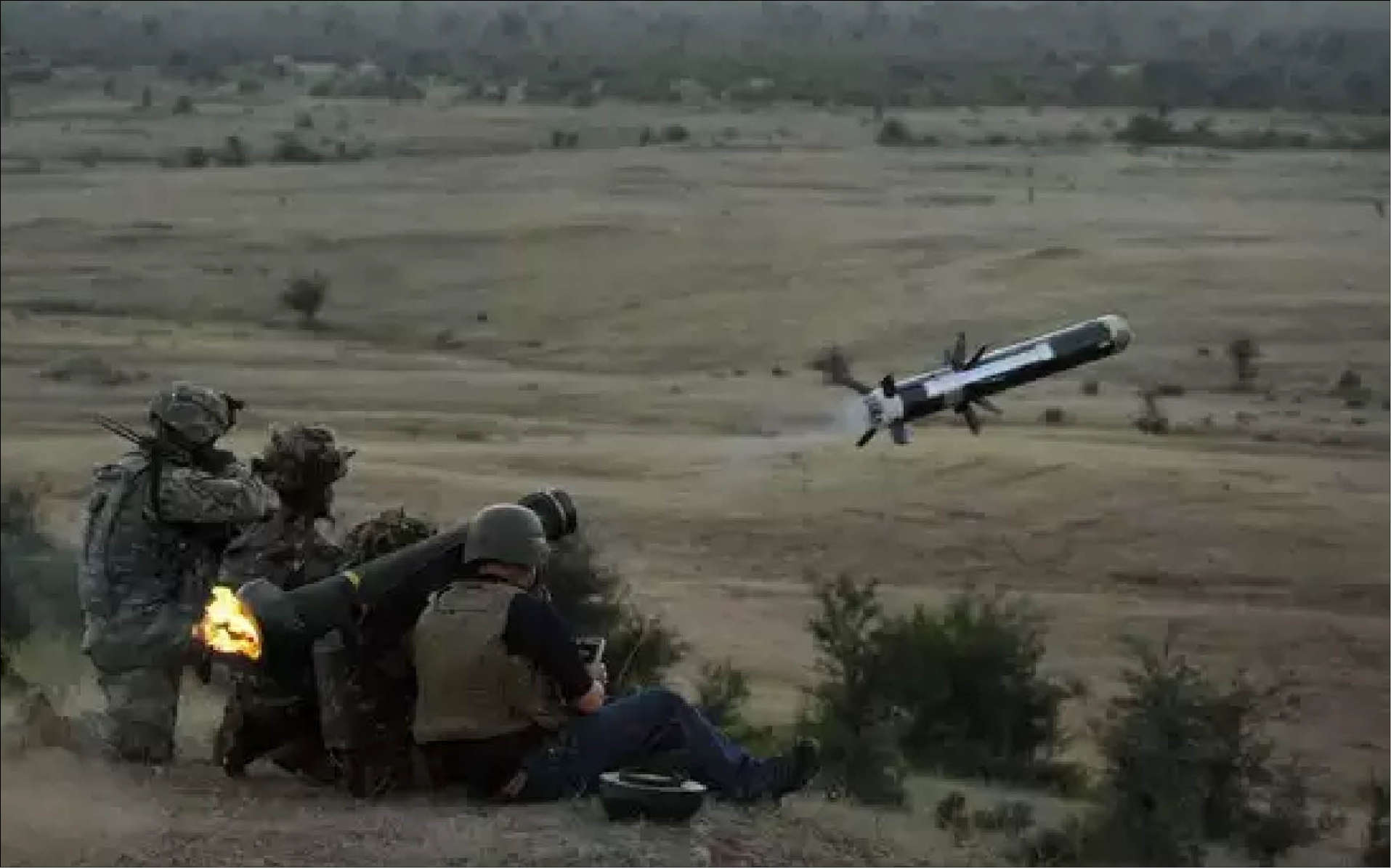
RELEVANCE OF TANKS ON BATTLEFIELD
Destruction of war potential and economic resources is taking root as the modern dictum of war, as compared to the occupation of territory. Advanced countries across the world are evolving towards building up extensive conventional destruction capability with flexible means of delivery. These act as deterrents to any misadventure by adversaries.
The tank, with its ability to close in with the enemy and cause destruction with its firepower, when duly supported by suitably configured combat element, retains its supremacy on the battlefield, especially on open terrain. There has always been a race between its protection measures and the evolving threats on the battlefield, but the tank, despite the challenges, has come out on top.
COUNTER TO MODERN THREATS
There is no doubt that the tank/AFV, as a weapon platform, is losing its invincibility to much cheaper and flexible platforms. So, to maintain its relevance, the tank must evolve as a weapon system duly augmented with protection systems to make it an integrated platform rather than just a munition delivery platform.
The existing ERA panel can counter the drone/swarm CE projectile. However, a Mobility (M)-Kill or Fighting (F)-Kill cannot be obviated with surety. What is required is:
· An AFV counter measure and protection active system such as the Trophy or the Afghanit Active Protection System, fitted in the Israeli Merkava and the Russian ARMATA-14 tank. The upgraded Trophy has also been reportedly fitted on the US M1A1 Abraham recently. The Trophy and the Russian Arena systems were under consideration for procurement and response to RFP had been issued eight years back when the case was shelved before the trials, after the Russians backed out. The coverage of the detector must be enhanced to 360 degrees in both vertical and horizontal planes and the capability to take on multiple targets as well as two or three drones following closely behind each other. A salient aspect of consideration is that the Armenian T-72s destroyed did not have either the Russian Arena or the Afghanit Systems.
· Besides the AFV on-board detection systems, the Combat Team and Combat Group will have to be constituted with platforms having the ability to detect and counter the threat. For detection, frequency modulated continuous wave scanning array radars are the best option. To carry a warhead capable of neutralising an AFV, the kamikaze drone/seeking munition will have to have a side radar cross-section (RCS) of at least a meter. The problem is in a head-on projectile wherein the RCS posed to the radar is sub-meter which becomes difficult to detect, for both on-board and off-board systems. Therefore, the systems will have to be evolved wherein real-time information interchange can take place from off-target on-board/off-board radars which may have a view of a larger cross-section and launch/control of the nearest/target on-board/off-board counter measure can be done through a non-direct dependent system. On-board Active Systems have small ranges of emission so as not to interfere with each other and other emitting devices. Frequency protocols will have to be strengthened to enable longer range fighting platform based active detectors.
For area neutralisation, the vulnerability of the kamikaze drone or seeking/guided munition in its GPS/back-link systems, through EW resources, will have to be exploited once a swarm attack is detected. The GPS Spoofer, the Drone Gun/RF Jammer are examples of the EM spectrum neutralising equipment. We would need both an on-board AFV jammer as well as an off-board, bigger and more powerful jammer, all integrated with each other. Ensuring that one’s own communications are not disrupted should be achieved by dis-synchronised rapid frequency hopping radio sets and jammers. The same frequency of the frequency hopping RS should not be jammed at any instant while the full bandwidth is covered by the jammer, using time differential.
The threat of hand-held rocket launchers or anti-tank missiles can be looked after by the on-board Active Protection System. However, with the present capability to launch missiles in tandem, each also with tandem warheads, one behind the other, at the same point, the potential to defeat the Explosive Reactive Armour as well as the Active Protection System exists. The same has to be upgraded with the ability to take on two closely followed attacks in the same line; detection of the second threat, through off-board systems with real-time info exchange and multiple counter projectile capability in sub-second time-differential.
Under-belly mines are largely influence mines. Adding more armour to the belly is a solution, however, at the cost of its weight. Irrespective of the additional armour plating, the on-board Remote Actuation of Influence Mine System (RAIM) is required for each AFV. The system was tried out 10 years back but failed due to non-adherence to the stringent test standards. We need to take another look at it.
There is no protection against an APFSDS round. It will achieve either total destruction, through a K-Kill or an M-Kill or at least an F-Kill, through the energy it transfers even if it does not penetrate. The penetration capabilities are going upwards of 540mm and the armour protection required is increasing, creating logistics problems. The design of the turret and low silhouette are some of the passive measures. However, we need to look at futuristic systems that can be carried in advance elements of the AFV complement, which can fry/disrupt the electronics of the enemy tank to prevent an accurate attack. Energy delivery of such systems will remain a problem. The drone weapon delivery system to destroy such threats is a countermeasure, which must exist at the CT/CG level.
IMPLICATION ON THE WEIGHT OF AFV
The world over, the MBT is reaching 60T while the ICV 25T. In India, we are restricted by the logistics constraints against a 60T tank and the self-imposed operational necessity for all the ICV to float, in the name of flexibility of employment, wherein the equipment can be employed in all terrains.
Flexibility of employment of resources insofar as the ability to deploy the same equipment across the frontage of the country and overseas, which remained the bane of many a designer, is gradually being replaced by the philosophy of equipment designed to accomplish its role in a finite terrain and environment configuration. This has largely been forced upon by niche technology products, so designed to deliver optimum results at peak performance levels to attain supremacy on the battlefield, under conditions of design and flexibility constraints. In addition, each theater/sector of operations has its peculiar requirements, and it is essential to evaluate the battle array and the characteristics of the equipment.
The Heavy ICV, while being the most lethal in its mobility, armament and protection capabilities which gives it the true ability to fight alongside armour, lacks the ability to swim. It will require a change in the mindset of employment of forces, which is presently focused on floatation capability across the entire front. Specific configurations for specific roles and terrain considerations are required to optimise capabilities and the Heavy ICV does lend itself for employment in the areas of the desert most suitably.
In view of terrain considerations, especially post winter when the snow melts and the ground is boggy, we need light tanks and light ICVs with low silhouette for HAA, duly equipped with Active Counter Measure (CM) systems and RAIM, to obviate the chance of being hit. Once hit, they will remain hit. The important part is offensive capability, i.e., a heavy gun 125mm and a missile capability on a platform which can speedily manoeuvre.
The requirement of floatation dictates light ICVs for water obstacle-ridden terrain. These could be supplemented by heavy ICVs for the break-out battle and moving through the Built Up Area. In both cases, medium tanks, duly equipped with Counter Measure (CM) Systems, are required.
For open terrain, like deserts, heavy tanks and heavy ICVs are the answer. They must be equipped with all systems as enumerated above.
HELIBORNE/AIR-BORNE RESOURCES
Dedicated HB and AB vectors like UAVs, for the CG, to act as surveillance and strike platforms, become necessary for early warning and strike at launch platforms. These, when equipped with sensors, duly integrated with the CG combat support systems, can neutralise the launch platform as well as give an early warning to activate CM systems, especially those linked with jamming and AFV on-board/off-board detection and neutralisation.
To neutralise the enemy weapon threat, it is necessary to have the capability to do the same to him. Loitering munition has been the case languishing in procurement procedural bureaucracy for too long. If you have similar swarm capabilities, a strike on enemy support/surveillance/launch platforms is feasible. The solution lies in acquiring the capability which in itself can neutralise enemy capability in this field as well as bring long range destructive resources onto targets on the battlefield. Development in India in this field has been accelerated and possibly will fructify soon. This, however, does not preclude bringing in capability from outside to cover the lag period till self-sustenance is achieved.
CONCLUSION
All new technologies that come into use in warfare may be termed as ‘disruptive’. In fact, the whole purpose of fielding a new technology is to change the status quo, whether in terms of equipment or in warfighting techniques.
Although certain technologies like direct energy weapons, high energy lasers, hypersonic strike technology and others are yet to mature and be weaponised, it is about time that we reviewed our equipment capability and national prowess to deal with such current and developing technologies. It appears likely that the already prodigious levels of technological innovation the world has witnessed over the last one or two decades will continue to accelerate going forward. Certainly, it is better to address them than to ignore such realistic threats/enablers before they progress to the point where we are too late to develop these technologies ourselves or to design countermeasures.
There are no low-cost options to neutralise the threats to the tank. The tank, while being necessary on the battlefield, will become expensive to equip and logistically sustain. For the cost-differential in a financially constrained economy, the solution is to look at the numbers that are required. The configuration of the tank squadron has remained four troops since WWII, despite the tank itself increasing in its lethality, ranges of observation and engagement, accuracy, engagement techniques from 3-round engagement to single round with higher kill probability and rate of fire. We need to optimise to reach the capacity to modernise and to meet the challenges in a modern battlefield environment.
The writer is a combat Arms Officer, retired as the Addl DG, Weapon and Equipment, Indian Army, and currently heads the Aerospace and Defence vertical at Primus Partners. The officer has commanded a Counter Insurgency Force in J&K and has extensive operational experience in the Valley and Ladakh as well as with Mechanised Operations.

